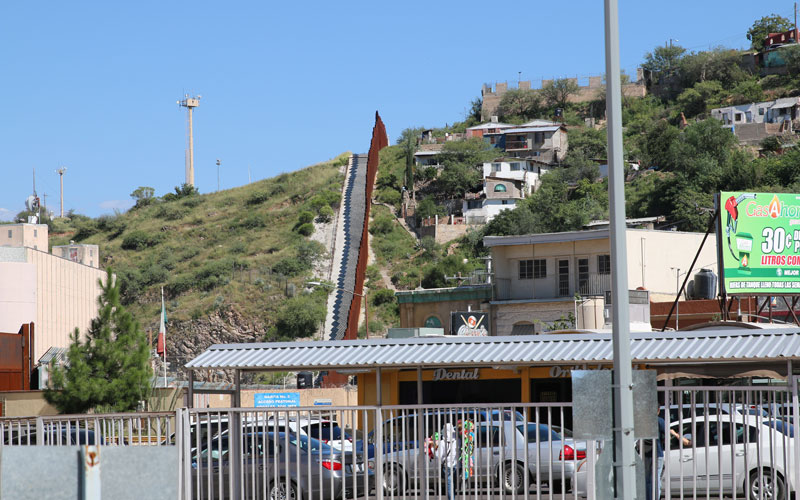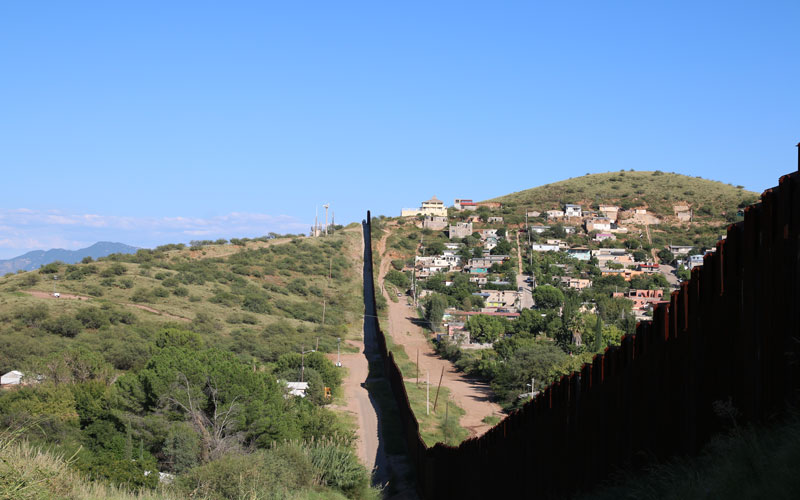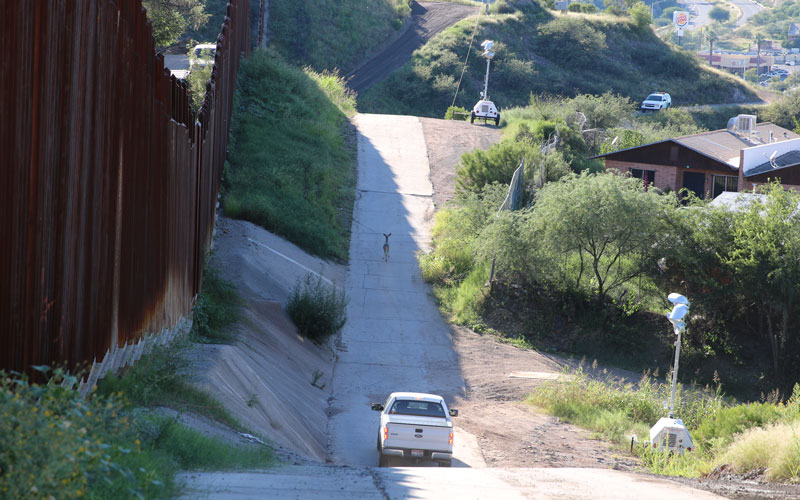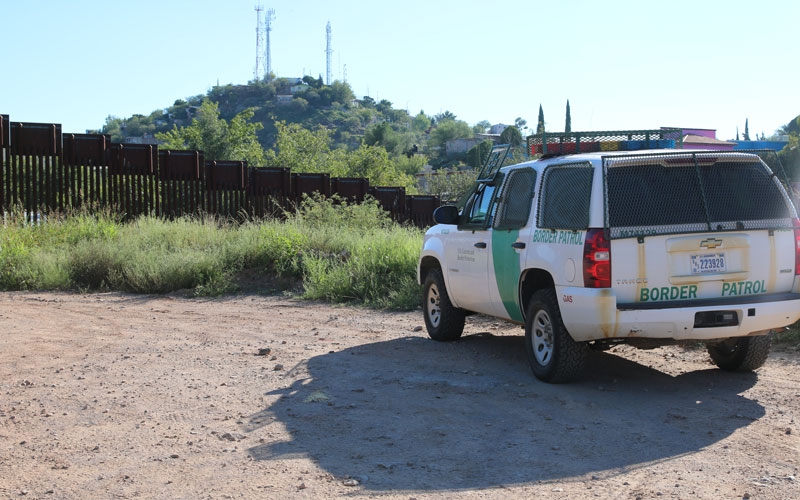U.S. authorities seized a record amount of methamphetamine and heroin in the busy Arizona smuggling corridor.
“What used to be a kilo seizure of heroin was seen as a very significant seizure,” said Erica Curry, spokesperson for the Drug Enforcement Administration in Phoenix. “Now we are seeing dozens of kilos at a time and pounds, hundreds of pounds of methamphetamine.”
Though less marijuana is crossing the Arizona-Sonora border, the amount of hard drugs being smuggled has spiked in the past five years.
Since 2010 heroin seizures in Arizona have risen from 163 kilograms to more than 500 kilograms in 2015. Methamphetamine grew from 732 kilograms to nearly 3,000 kilograms this year.
Heroin and meth mostly enter the U.S. through ports of entry in Arizona where cartels stash the drugs in hidden compartments in vehicles driven across the border.
In one recent smuggling attempt on October 5, Customs and Border Protection officers detained a 70-year-old U.S. citizen at the Lukeville border and seized 37 pounds of meth hidden in a spare tire. The drugs were worth more than $300,000.
In March General Barry R. McCaffrey (Ret.) told a Homeland Security Senate Committee hearing that only 5-10 percent of illegal drugs coming across the border are caught.
In the same committee hearing, then-Executive Director of the Arizona Region of the Southwest Border High Intensity Drug Trafficking Area, HIDTA, Elizabeth Kempshall said the Nogales Port of Entry remains a key smuggling corridor.
“The targeted smuggling organization utilized a specific method whereby semitractor-trailer trucks, already loaded with drugs concealed in PVC pipes, were driven from Nogales, Sonora, Mexico through the Nogales POE by Mexican truck drivers to truck yards in Nogales, Arizona,” said Kempshall.
The Sinaloa Cartel led by Joaquin “El Chapo” Guzman controls the smuggling routes in Mexico that cut through Arizona to the rest of the country. He escaped in July from a maximum-security prison west of Mexico City through a tunnel under his prison cell shower.
Tunnels are also a preferred smuggling strategy used by the Sinaloa cartel to smuggle drugs across the Arizona border.
“These cartels are pretty creative with some of the mechanisms they use to get drugs through – breaking through the sewer system, ultralights occasionally are another issue, tunnels are another issue, old fashion catapults and just throwing things over the fence,” said Christopher Teal, the Consul General to the U.S. Consulate in Nogales.
Read more:
For real time updates on drug busts around the country, visit the drug global incident map.
Once across the border, the drugs travel up Interstate 10 to stash houses in Phoenix and the surrounding area.
“We seize stuff in the East Valley,” Curry said. “We are seizing stuff in the West Valley. I know the West Valley kind of has a stigma associated with it, but it really is everywhere, every neighborhood, every community, every house, said Curry. “It does not shy away from any particular place because of a zip code.”
Smugglers in the U.S. then move the drugs to other regions along well-traveled routes.
“We find that the majority of our hard drugs, specifically heroin and meth, go up the 10 across to the Midwest,” said Curry.
Drugs commonly move to the Midwest region via Interstate 40, at times continuing northward on I-80. Drug arrests along major interstates mirror drug transportation routes and many of the drivers are from Arizona.
In one high profile case Oklahoma deputies in August arrested a fourth grade teacher from Arizona on I-40 with 15 pounds cocaine and 1.2 pounds of heroin in his vehicle valued at more than $1 million.
During one busy weekend this month, Custom and Border Protection officers at the Mariposa Port of Entry arrested five men and two women and seized $1.6 million of cocaine, heroin and methamphetamine.
“U.S. and Mexican officials have a lot of challenges to face with all these various ways to get drugs across. It’s a non-stop job, it’s 24/7,” said Teal.



